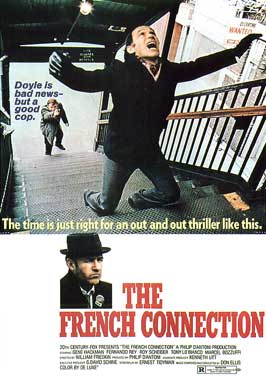The 1970 film, The Honeymoon Killers, takes place in the late 40s. Martha Beck (Shirley Stoler) is an overweight nurse who lives in Alabama with her senile mother (Dortha Duckworth) and her best friend, Bunny (Doris Roberts). Knowing that Martha is lonely, Bunny signs Martha up for a “lonely hearts club,” which was basically the Tinder and Craig’s List of the pre-Internet age. Though Martha is initially reluctant, she soon starts to receive letters from a conman named Ray Fernandez (Tony Lo Bianco). Ray specializes in swindling the women who respond to his letters. After Ray travels to Alabama and tricks Martha into giving him a “loan,” Ray sends her a letter telling him that he can no longer correspond with her. Martha responds by getting Bunny to call Ray and tell him that she attempted suicide.
Recognizing Martha as a fellow con artist, Ray invites Martha to his home in New York. He shows her the pictures that he’s received from other women and reveals how he makes his money. Martha soon becomes Ray’s partner in crime, traveling across the country with Ray and meeting the women, most of whom are elderly, that Ray has corresponded with. Ray claims that his name is Charles Martin and that Martha is his sister. He also swears to Martha that he won’t sleep with any of the women while he’s swindling them. Even though Martha knows that Ray is a pathological liar, she chooses to believe him whenever he swears that he’s actually in love with her.
The first murder occurs when Martha realizes that one of Ray’s victims is determined to sleep with him. Martha gives her an overdose of sleeping pills and then Martha and Ray dump her on a bus, where she subsequently dies. More murders occur, usually due Martha and Ray making sloppy mistakes that reveal their actual plans to their victims. At first, Ray claims that he’s disgusted with killing and he says that Martha is the one who has to do it because she’s a nurse. But eventually, Ray shows his true colors.
When talking about The Honeymoon Killers, one has to start by mentioning that this film was nearly Martin Scorsese’s second feature film. (Fresh out of film school, Scorsese had previously turned a student film, Who’s That Knocking At My Door?, into his feature debut.) Scorsese was fired from the film because the film’s producers felt that he was taking too long to set up the shots and, according to Scorsese himself, he was only shooting master shots. That said, there are a few Scorsese-directed scenes to be found in The Honeymoon Killers and they’re pretty easy to spot. The film opens with a tracking shot of Shirley Stoler walking through her hospital and reprimanding two interns. I was not surprised to learn that was one of the Scorsese scenes. After Scorsese left the project, he was replaced by Leonard Kastle, who wrote the script. The Honeymoon Killers was both Kastle’s directorial debut and his swan song.
The film’s harsh and grainy black-and-white cinematography gives the film a documentary-style feel and while there are moments of dark humor, The Honeymoon Killers is overall a grim movie. It plays out like a creeping nightmare, one where the viewer knows that there’s something terrible waiting right around the corner. The bickering between Martha and Ray may occasionally inspire a chuckle, but there’s nothing funny about the murders and the film, to its credit, it totally on the side of Martha and Ray’s victims. Martha and Ray may look down upon them but the film itself portrays them as being lonely people who are struggling to adjust to a changing world. (In the role of the couple’s second victim, Mary Jane Highby is just heartbreaking.) Ray is a bit of ludicrous figure, with his swagger and his exagerated accent but he’s been able to get away with his crimes because people want him to be the charming gentleman that he claim to be. Even after Martha discovers who he really is, she still finds herself under the spell of Ray’s con.
Shirley Stoler and Tony Lo Bianco both give excellent performances as Martha and Ray, with Stoler especially doing a good job in the role of Martha. At first, it’s easy to feel sorry for Martha. At the start of the movie, she’s just as lonely as any of Ray’s victims. At the film progresses, Martha’s true self is revealed and yet, as soulless as she can be, her love for Ray is strangely sincere. As Ray, Tony Lo Bianco is all swagger and charm until he loses control of the situation and he reveals just how spineless he actually is.
The film presents Martha Beck and Ray Fernandez as a couple who became murderers after they found each other. In reality, it’s suspected that Ray Fernandez murdered at least one woman before he met Martha and it’s also been suggested that Martha killed a few patients while she was working as a nurse. Ray and Martha were both executed on the same day, going to electric chair on March 8th, 1951.
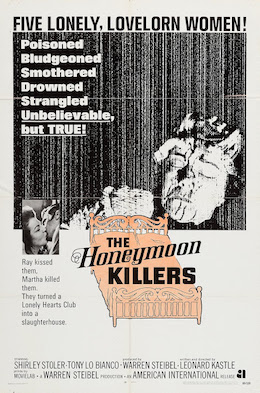

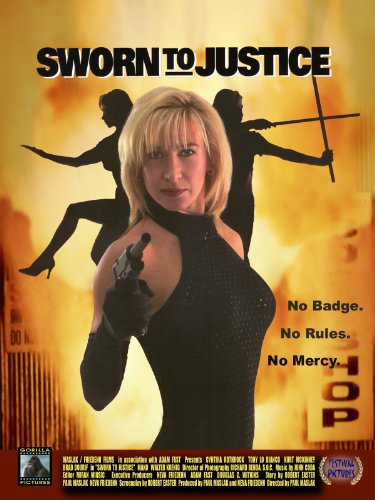
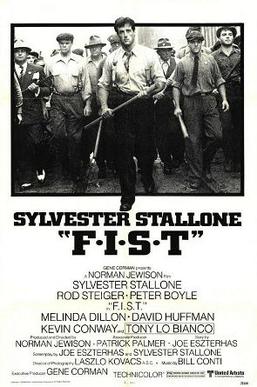 Sylvester Stallone is Jimmy Hoffa!
Sylvester Stallone is Jimmy Hoffa!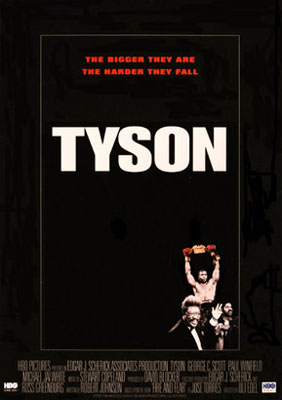 If any heavyweight champion from the post-Ali era of boxing has lived a life that seems like it should be ready-made for the biopic treatment, it is “Iron Mike” Tyson. In 1995, HBO stepped up to provide just such a film.
If any heavyweight champion from the post-Ali era of boxing has lived a life that seems like it should be ready-made for the biopic treatment, it is “Iron Mike” Tyson. In 1995, HBO stepped up to provide just such a film.